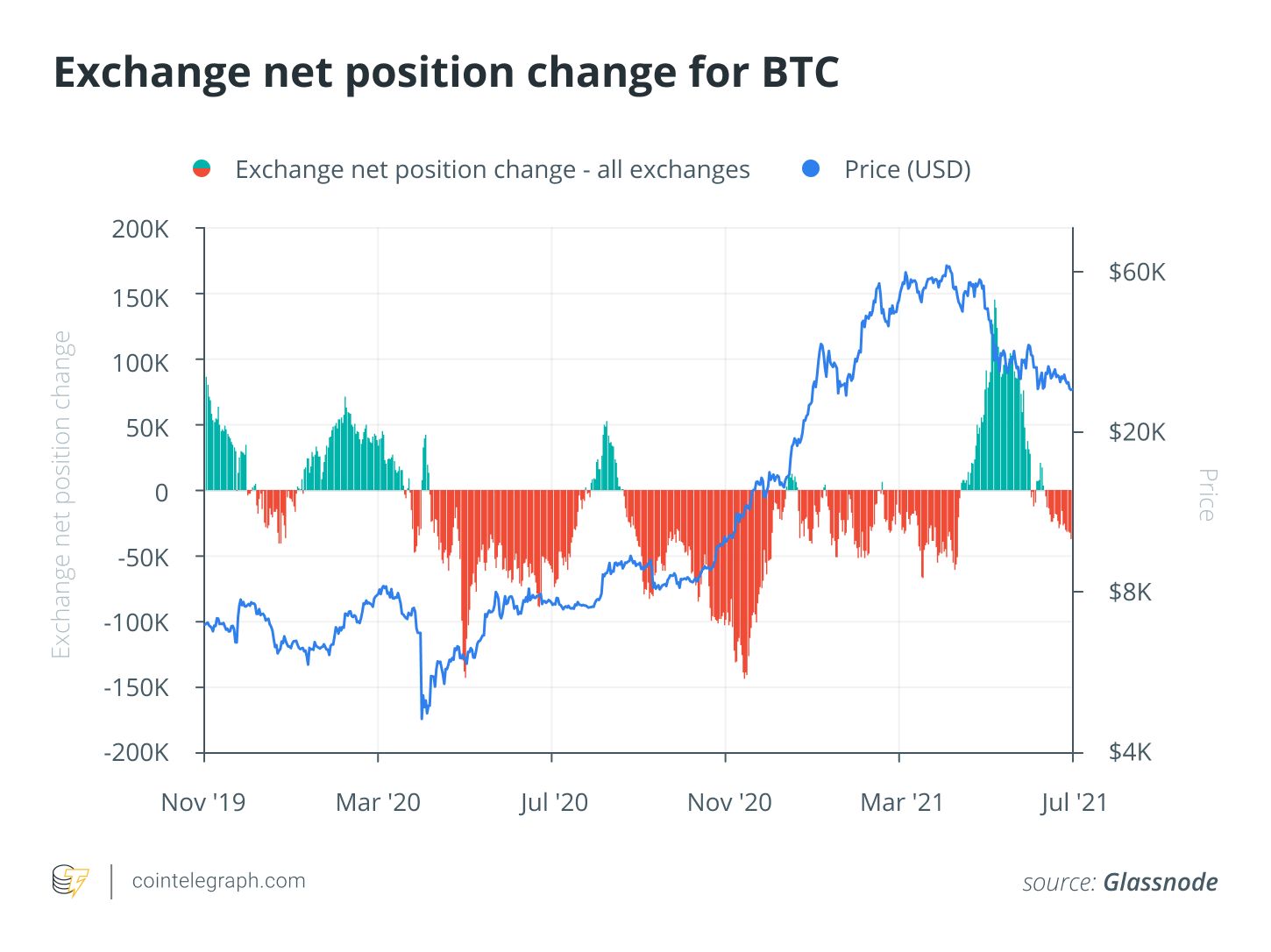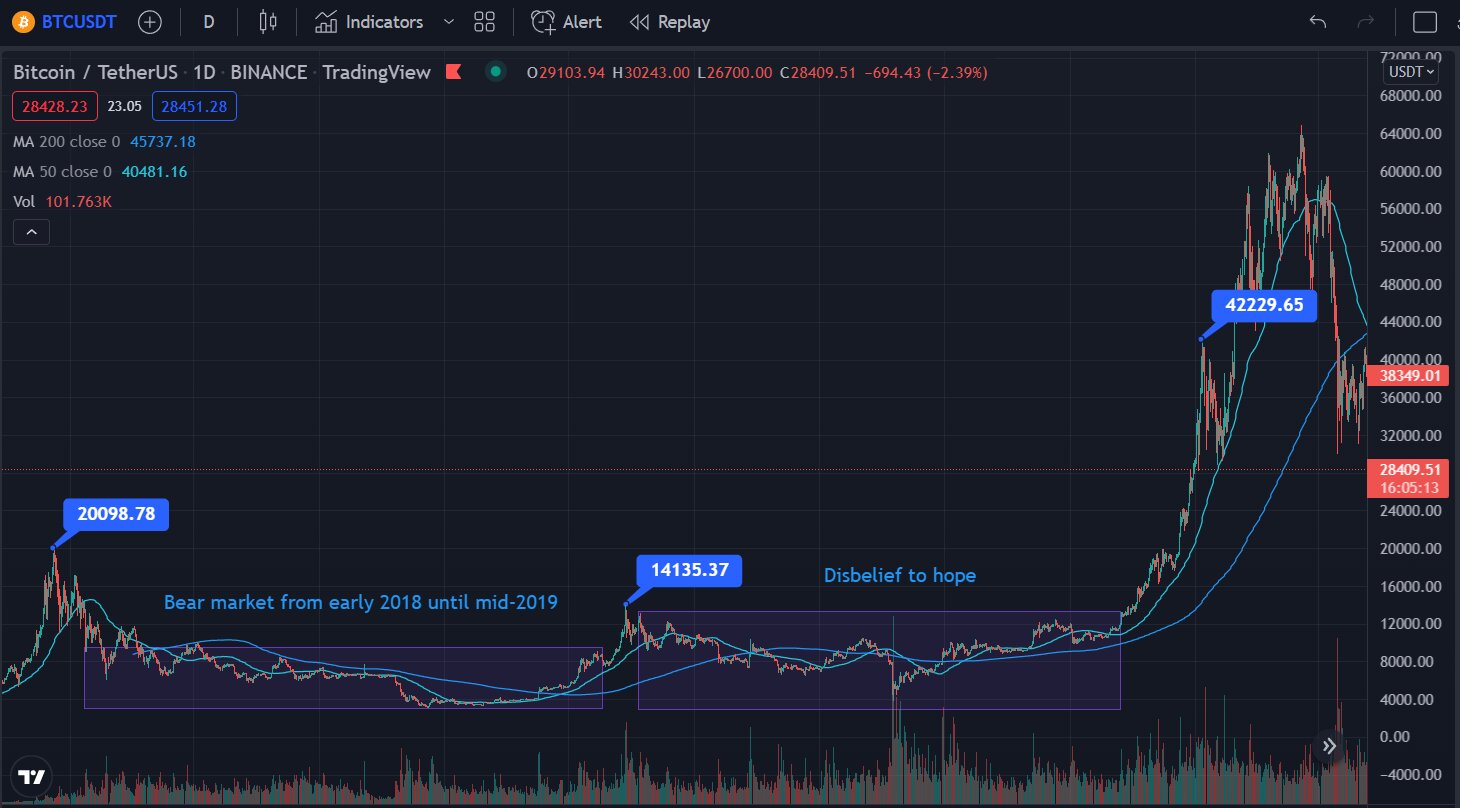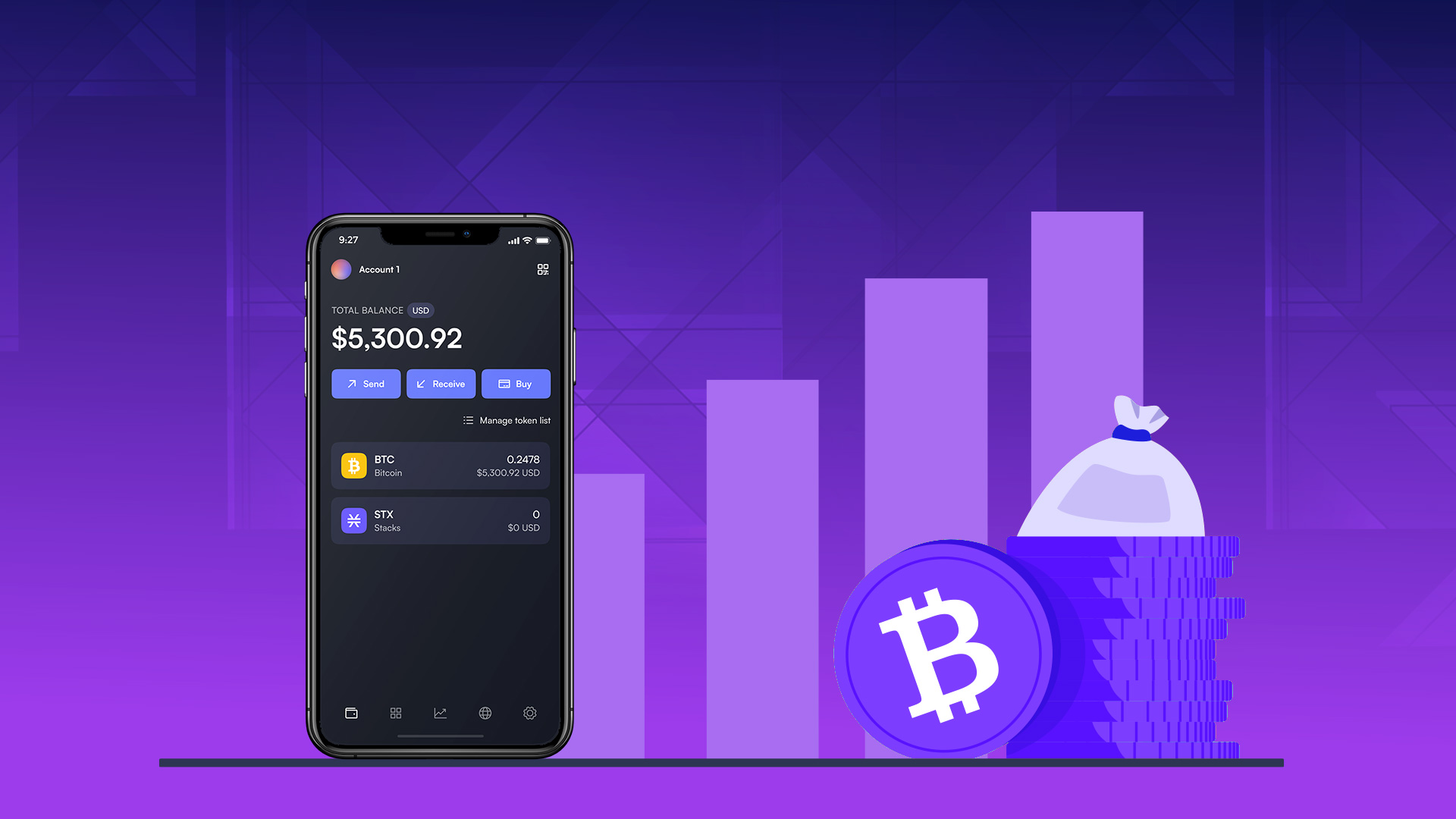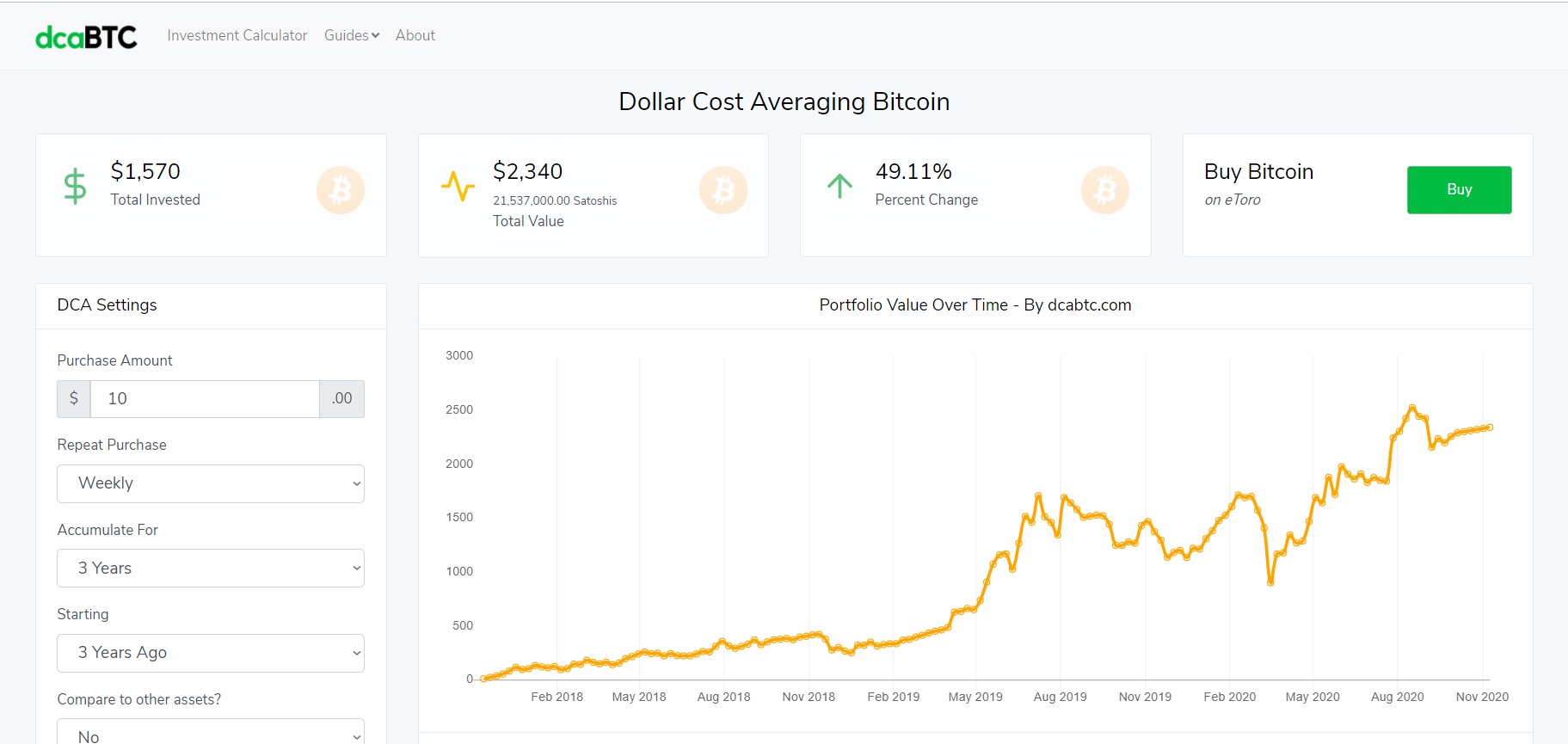Introduction
Welcome to the world of cryptocurrency, where the landscape is not only filled with exciting innovations and potential financial gains, but also periods of uncertainty and volatility. One such period is the crypto bear market, a phase characterized by a sustained decline in cryptocurrency prices and investor sentiment. While bull markets bring euphoria and optimism, bear markets can be challenging and testing for even the most seasoned crypto enthusiasts.
Understanding the dynamics of a bear market is crucial for investors looking to navigate these challenging times. It is essential to comprehend the factors that contribute to the duration of a bear market, as well as the historical patterns and trends that could provide insights into the current market conditions. Additionally, exploring expert opinions and market predictions can help investors strategize and plan their moves accordingly.
However, it is important to note that the crypto market is extremely volatile and unpredictable. No one can accurately predict the exact duration or intensity of a bear market. Nevertheless, by analyzing various factors and gathering insights, we can gain a deeper understanding of what to expect during such periods and how to adapt to the challenging market conditions.
In this article, we will delve into the various aspects that contribute to the duration of a crypto bear market. We will examine the historical durations of bear markets in the crypto industry, analyze the impact of market cycles, and discuss the role of regulatory developments. We will also explore expert opinions and market predictions on the duration of the current bear market. Lastly, we will provide strategies and recommendations for navigating and surviving a prolonged crypto bear market.
Factors that Contribute to the Duration of a Crypto Bear Market
A crypto bear market can last for varying lengths of time, influenced by a combination of factors that affect market sentiment and investor behavior. Understanding these factors can provide valuable insights into the duration and intensity of a bear market. Here are some key factors that contribute to the duration of a crypto bear market:
- Market Manipulation: The crypto market is susceptible to manipulation by large players, commonly known as whales. These entities have the power to influence prices by buying or selling large amounts of cryptocurrency. Their actions can prolong a bear market by creating artificial selling pressure or suppressing upward price movements.
- Market Sentiment: Investor psychology plays a significant role in determining the duration of a bear market. Fear, uncertainty, and doubt (FUD) can fuel negative sentiment and prolong the downturn. Conversely, positive news, regulatory developments, or major institutional investments can boost sentiment and lead to a quicker market recovery.
- Regulatory Factors: Government regulations and policies have a significant impact on the crypto market. Uncertainty surrounding regulatory decisions, such as potential bans or strict regulations, can prolong a bear market. Conversely, favorable regulations can restore investor confidence and expedite market recovery.
- Market Cycle Phase: The crypto market operates in cycles, with periods of bull markets followed by bear markets. Bear markets typically occur after prolonged periods of price growth and speculation. The length of the preceding bull market can influence the duration of the subsequent bear market. Longer bull markets often lead to more extended and severe bear markets as they require more time for market correction.
- Liquidity and Trading Volume: The availability of liquidity and trading volume can impact the speed of market recovery. During a bear market, decreased liquidity and trading volume make it harder for investors to sell their holdings or for new buyers to enter the market. This lack of trading activity can prolong the bear market as it hinders price stability and recovery.
While these factors contribute to the duration of a crypto bear market, it’s important to note that they are not deterministic. The crypto market is highly complex, influenced by a wide range of variables, and subject to unpredictable events. Therefore, it’s essential to consider these factors as part of a holistic analysis and not rely solely on them when predicting the duration of a bear market.
Historical Bear Market Durations in the Crypto Industry
The crypto industry has experienced several bear markets throughout its relatively short history. Examining the durations of past bear markets can provide insights into the potential duration of the current bear market and help investors assess the market’s behavior. It’s important to note that historical data does not guarantee future outcomes, but it can offer valuable context and reference points. Here are some notable bear markets in the crypto industry:
- 2011 Bear Market: The first significant bear market in the crypto industry occurred in 2011 when the price of Bitcoin plummeted from a high of $31 to around $2. This bear market lasted approximately 160 days.
- 2013-2015 Bear Market: Following the rapid growth of Bitcoin in 2013, the market experienced a lengthy bear market lasting around 410 days. The price of Bitcoin dropped from around $260 to a low of $152. This bear market was characterized by various factors, including the collapse of the Mt. Gox exchange and regulatory uncertainties.
- 2017-2018 Bear Market: After reaching an all-time high of nearly $20,000 in late 2017, Bitcoin entered a bear market that lasted for approximately 413 days. The price declined to around $3,200. This bear market was influenced by factors such as regulatory concerns, market saturation, and the bursting of the ICO bubble.
- 2020 COVID-19 Crash: In March 2020, the crypto market experienced a severe downturn due to the global COVID-19 pandemic and the resulting economic uncertainty. Bitcoin’s price dropped from around $10,000 to below $4,000. This bear market lasted for approximately 52 days before the market started showing signs of recovery.
These historical examples demonstrate that bear markets in the crypto industry can vary significantly in duration. Some bear markets persisted for over a year, while others were relatively shorter. It’s important to note that the duration of a bear market is influenced by a multitude of factors, as discussed earlier. Therefore, it’s crucial to consider the broader market conditions and other relevant factors when anticipating the duration of the current bear market.
Analysis of Market Cycles and their Impact on Bear Markets
The crypto market operates in cycles, alternating between bull markets and bear markets. Understanding how market cycles work can provide insights into the duration and impact of bear markets. While the length of each market cycle can vary, analyzing historical patterns can help investors gain a perspective on the current market conditions. Here’s an analysis of market cycles and their impact on bear markets:
Expansionary Bull Markets: Market cycles typically begin with a period of expansionary bull markets. During this phase, cryptocurrency prices experience significant growth, driven by increasing adoption, positive investor sentiment, and technological advancements. The duration of a bull market can last for months or even years, during which prices surge to new all-time highs.
Market Correction: As bull markets reach a peak, a market correction often follows. This correction is a natural process where prices adjust and consolidate after an extended period of growth. Market corrections can be triggered by various factors, including profit-taking, regulatory actions, or negative news events. These corrections signal the end of the bullish phase and mark the beginning of a bear market.
Bear Market Lows: Bear markets are characterized by a prolonged period of declining prices and negative sentiment. Prices can experience significant drops during this phase, leading to investor panic and a lack of confidence in the market. Bear market lows are typically reached when prices reach their lowest point, signaling a potential reversal and the beginning of a new phase of market recovery.
Market Consolidation: After reaching bear market lows, the market enters a period of consolidation. This phase is characterized by relatively stable prices and reduced volatility. During market consolidation, investors and traders closely analyze market trends and evaluate the potential for a trend reversal or a continuation of the bear market. The duration of market consolidation varies, but it often precedes a period of renewed market activity.
Transition to Bull Market: Following market consolidation, the transition to a bull market begins. Positive news, regulatory developments, or a change in market sentiment can trigger this shift. As investors regain confidence, buying pressure increases, leading to rising prices and the onset of a new bull market cycle.
The impact of market cycles on bear markets is significant. The length and intensity of bull markets can influence the duration and severity of subsequent bear markets. Prolonged and euphoric bull markets often result in more extended and challenging bear markets as they require a longer time for market correction and stabilization.
However, it’s crucial to remember that every market cycle is unique. Market conditions, external factors, and investor sentiment can vary from cycle to cycle, leading to different durations and outcomes. Therefore, while analyzing market cycles can provide valuable insights, it’s essential to consider other factors, such as regulatory developments, technological advancements, and market sentiment when assessing the impact and duration of a bear market.
The Role of Regulatory Developments in Bear Market Longevity
Regulatory developments play a crucial role in shaping the crypto industry and can significantly impact the duration and longevity of bear markets. Government regulations, policy changes, and statements from regulatory bodies can create uncertainty and affect market sentiment. Here’s an exploration of the role of regulatory developments in bear market longevity:
Regulatory Uncertainty: The lack of clear regulations or conflicting regulatory actions can create a sense of uncertainty in the crypto market. When governments and regulatory bodies express concerns or propose new regulations without providing clear guidelines, market participants may become hesitant and adopt a wait-and-see approach. This uncertainty can extend the duration of a bear market as investors hold back from making significant investments or trading decisions.
Negative Regulatory Actions: Regulatory actions such as bans, restrictions, or crackdowns on cryptocurrency-related activities can have a significant impact on market sentiment. Negative actions can lead to fear and panic among investors, prompting them to sell their holdings or withdraw from the market altogether. As a result, bear markets can be prolonged due to the negative narrative created by regulatory crackdowns.
Favorable Regulatory Developments: On the other hand, positive regulatory developments can boost investor confidence and expedite market recovery. Clear regulations that provide a framework for legal and secure operations can attract institutional investors and large-scale market participants. This increased participation can inject liquidity into the market and help reverse the bearish trend.
International Regulatory Coordination: The global nature of the crypto industry necessitates international regulatory coordination. Consistent and coordinated regulations across different jurisdictions can foster stability and increase investor confidence. However, the lack of coordinated regulations or conflicting approaches can create regulatory arbitrage opportunities, leading to market uncertainty and potentially prolonging bear markets.
It’s essential to recognize that regulatory developments are not solely responsible for the duration of bear markets. They often interact with other market forces, such as investor sentiment, market cycles, and external factors. While regulatory developments can create uncertainty and affect market sentiment, other factors can also contribute to the longevity of bear markets.
Investors and market participants should closely monitor regulatory developments and stay informed about the evolving regulatory landscape. Having a clear understanding of the regulatory environment can help navigate bear markets and position oneself for potential market recovery.
Expert Opinions and Market Predictions on the Duration of the Current Bear Market
When it comes to predicting the duration of a bear market in the crypto industry, expert opinions and market predictions can provide valuable insights. However, it’s important to note that the crypto market is highly unpredictable, and no prediction can be considered definitive. Nevertheless, gathering expert opinions and market predictions can offer various perspectives on the current situation. Here are some viewpoints on the duration of the current bear market:
Short-Term Bear Market: Some experts believe that the current bear market will be relatively short-lived. They argue that the recent market correction was necessary for the market to reset and stabilize. They expect a relatively quick recovery, fueled by increased institutional adoption and the growing mainstream acceptance of cryptocurrencies.
Medium-Term Bear Market: Other market analysts predict a more prolonged bear market, lasting several months or even a year. They argue that the previous bull market in 2020 was driven by speculative frenzy, and a longer correction period is needed for the market to find true value and establish a healthier foundation. They believe that regulatory developments and market dynamics will influence the duration and intensity of the bear market.
Market Cycle Analysis: Some experts employ historical market cycle analysis to predict the duration of the bear market. They compare the current market conditions to past bear markets, looking for similarities in patterns and durations. However, this approach has its limitations, as each market cycle is unique and influenced by various factors that cannot be accurately modeled.
Macro Factors: Other predictions take into account macroeconomic factors and external events. They consider the potential impact of global economic developments, geopolitical tensions, and overall market sentiment on the crypto industry. These factors can both prolong and shorten the duration of the bear market, depending on how they unfold.
It’s important to approach expert opinions and market predictions with a critical mindset. While they can provide valuable insights, they are not infallible. The crypto market is highly influenced by a multitude of factors, making it challenging to accurately predict its future trajectory.
Regardless of these opinions and predictions, it’s crucial for investors to conduct their research, stay informed, and make informed decisions based on their own risk tolerance and investment goals. Diversifying portfolios, analyzing market trends, and keeping a long-term perspective can help investors navigate the uncertainties of a bear market.
Strategies for Navigating and Surviving a Prolonged Crypto Bear Market
A prolonged crypto bear market can be challenging for investors, but with the right strategies, it is possible to navigate and even thrive during these difficult times. Here are some strategies to consider:
1. Long-Term Investing: Taking a long-term investment approach can help weather the ups and downs of a bear market. Instead of focusing on short-term price fluctuations, look for projects with strong fundamentals and long-term growth potential. This strategy allows you to ride out the market volatility and potentially benefit from future market recoveries.
2. Diversification: Diversifying your crypto portfolio is crucial in mitigating risk during a bear market. Allocate your investments across different cryptocurrencies, industry sectors, and investment strategies. Diversification helps spread risk and increases the likelihood of holding assets that can perform well even in a prolonged downturn.
3. Dollar-Cost Averaging: Dollar-cost averaging involves regularly investing a fixed amount of money into the market at predetermined intervals, regardless of the current price. This strategy reduces the impact of short-term price fluctuations and allows you to accumulate more assets during market dips. Over time, it can help maximize returns and reduce the impact of market timing.
4. Education and Research: Equip yourself with knowledge and stay informed about the crypto market. Continuously educate yourself about blockchain technology, investment strategies, and market trends. Research potential investment opportunities thoroughly and understand the underlying fundamentals of the projects you invest in. This knowledge will help you make informed decisions amid market uncertainties.
5. Risk Management: Implement effective risk management strategies to protect your investments. Set clear investment goals and establish stop-loss orders to limit potential losses. Consider utilizing tools such as trailing stops or hedging strategies to manage risk exposure during a bear market. It’s crucial to have a well-defined risk management plan and stick to it.
6. Focus on Fundamental Analysis: During a bear market, it’s important to focus on fundamental analysis rather than solely relying on market sentiment or short-term price movements. Evaluate the projects you invest in based on factors such as team credibility, technology, market demand, and partnerships. Investment decisions driven by solid fundamentals can provide more confidence in the face of a prolonged downturn.
7. Maintain a Healthy Perspective: Finally, it’s vital to maintain a healthy perspective and avoid emotional decision-making. Remember that bear markets are a natural part of market cycles. Understand that market downturns provide opportunities for accumulation and growth. Stay patient, disciplined, and avoid panic selling based on short-term market fluctuations.
While these strategies can help navigate a prolonged bear market, it’s essential to personalize them based on your risk tolerance, investment objectives, and market conditions. Seek advice from financial professionals or experienced investors, but ultimately make decisions that align with your own investment goals and circumstances.
Conclusion
Navigating a crypto bear market can be challenging, but with the right understanding and strategies, investors can not only survive but also find opportunities for growth and success. Factors such as market manipulation, market sentiment, regulatory developments, and market cycles all play a role in determining the duration and intensity of a bear market.
By analyzing historical bear market durations in the crypto industry, investors can gain insights into potential market behavior. However, it’s important to remember that each market cycle is unique, and past performance is not indicative of future results.
Regulatory developments also impact the longevity of a bear market. Uncertainty and negative regulatory actions can prolong a bear market, while favorable regulations can restore investor confidence and expedite market recovery.
Expert opinions and market predictions provide additional perspectives, but it’s essential to approach them with a critical mindset. The crypto market is highly unpredictable, and accurate predictions are challenging to make. Conducting thorough research, staying informed, and making informed decisions based on personal risk tolerance and investment goals are crucial for successful navigation of a bear market.
Strategies such as long-term investing, diversification, dollar-cost averaging, education and research, risk management, focusing on fundamental analysis, and maintaining a healthy perspective can help investors navigate and survive a prolonged bear market. These strategies help mitigate risks, maximize opportunities, and maintain a long-term perspective amid market volatility.
Ultimately, bear markets are a natural part of market cycles, and they provide opportunities for growth and accumulation. With patience, discipline, and a well-informed approach, investors can not only survive but also thrive during challenging market conditions.

























